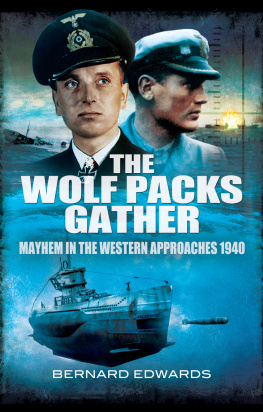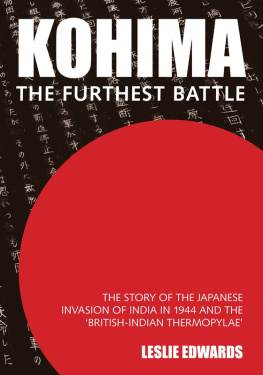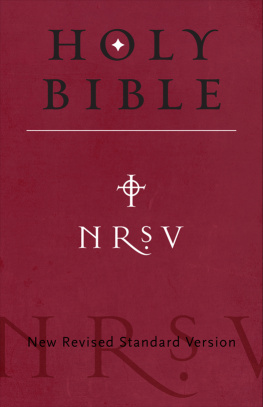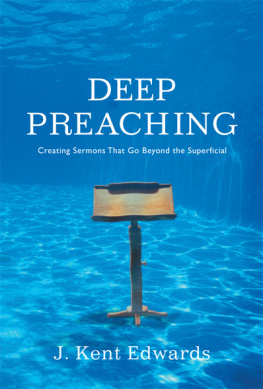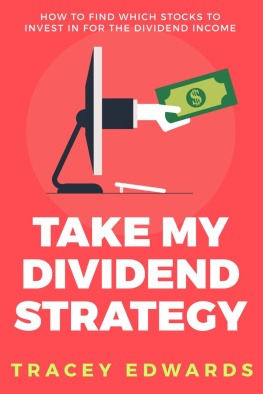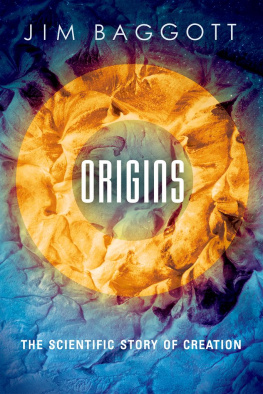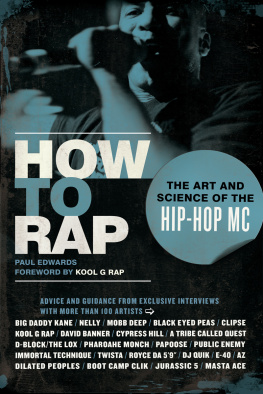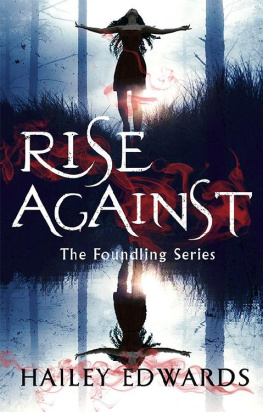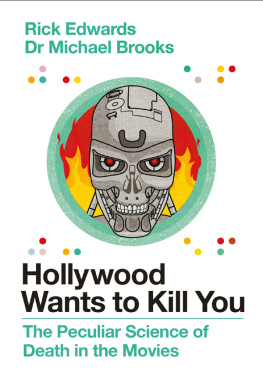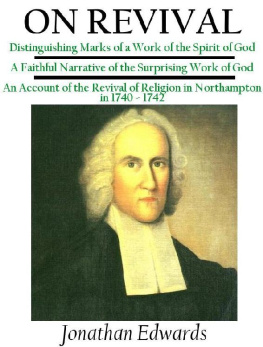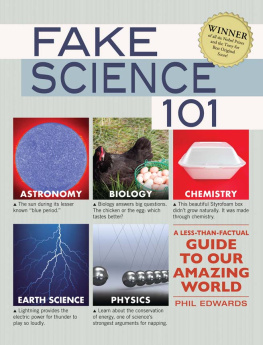Edwards - Creating Things That Matter: the Art and Science of Innovations That Last
Here you can read online Edwards - Creating Things That Matter: the Art and Science of Innovations That Last full text of the book (entire story) in english for free. Download pdf and epub, get meaning, cover and reviews about this ebook. year: 2018, publisher: Henry Holt and Company, genre: Romance novel. Description of the work, (preface) as well as reviews are available. Best literature library LitArk.com created for fans of good reading and offers a wide selection of genres:
Romance novel
Science fiction
Adventure
Detective
Science
History
Home and family
Prose
Art
Politics
Computer
Non-fiction
Religion
Business
Children
Humor
Choose a favorite category and find really read worthwhile books. Enjoy immersion in the world of imagination, feel the emotions of the characters or learn something new for yourself, make an fascinating discovery.

- Book:Creating Things That Matter: the Art and Science of Innovations That Last
- Author:
- Publisher:Henry Holt and Company
- Genre:
- Year:2018
- Rating:5 / 5
- Favourites:Add to favourites
- Your mark:
- 100
- 1
- 2
- 3
- 4
- 5
Creating Things That Matter: the Art and Science of Innovations That Last: summary, description and annotation
We offer to read an annotation, description, summary or preface (depends on what the author of the book "Creating Things That Matter: the Art and Science of Innovations That Last" wrote himself). If you haven't found the necessary information about the book — write in the comments, we will try to find it.
Edwards: author's other books
Who wrote Creating Things That Matter: the Art and Science of Innovations That Last? Find out the surname, the name of the author of the book and a list of all author's works by series.
Creating Things That Matter: the Art and Science of Innovations That Last — read online for free the complete book (whole text) full work
Below is the text of the book, divided by pages. System saving the place of the last page read, allows you to conveniently read the book "Creating Things That Matter: the Art and Science of Innovations That Last" online for free, without having to search again every time where you left off. Put a bookmark, and you can go to the page where you finished reading at any time.
Font size:
Interval:
Bookmark:
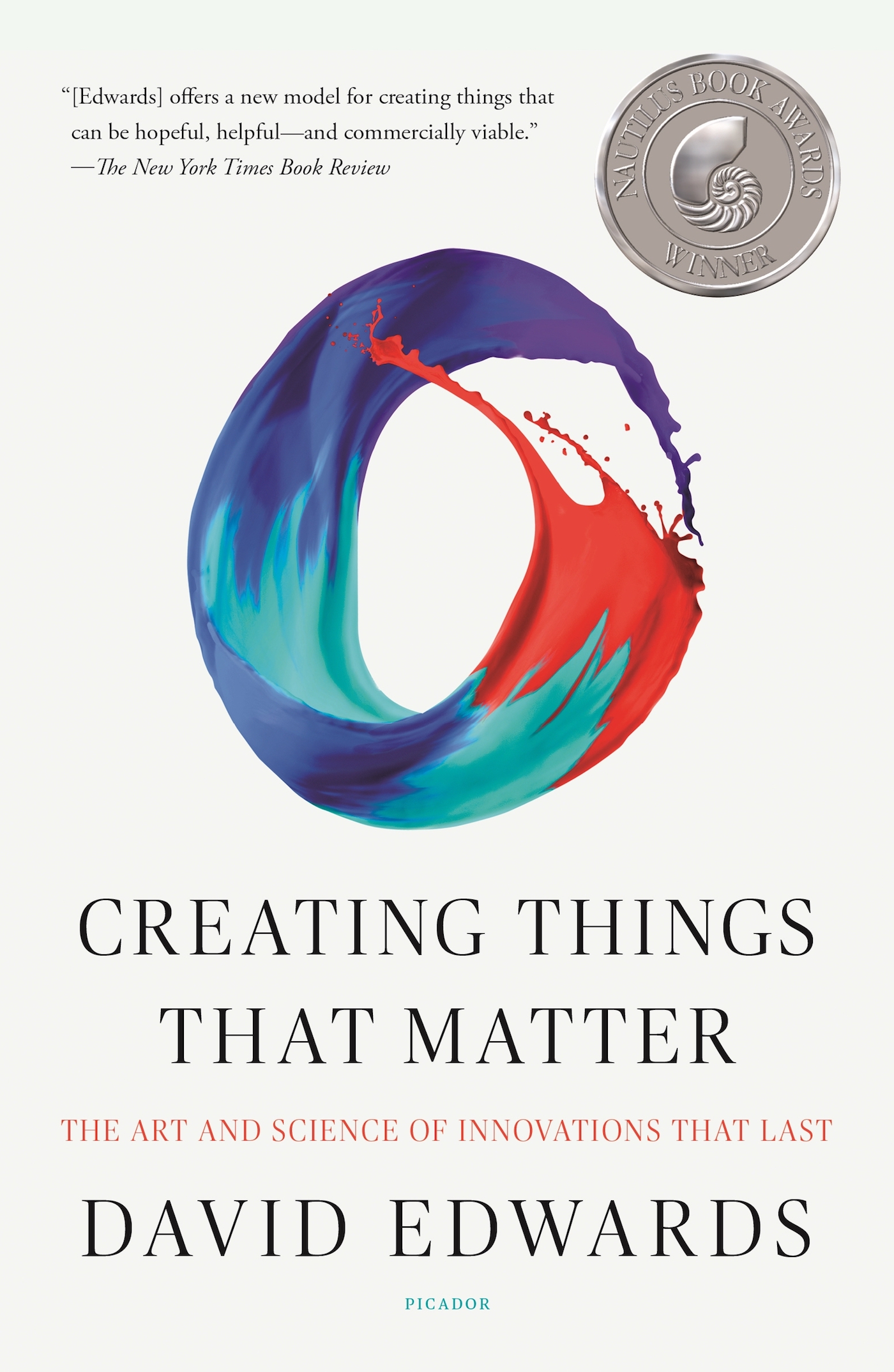

The author and publisher have provided this e-book to you for your personal use only. You may not make this e-book publicly available in any way. Copyright infringement is against the law. If you believe the copy of this e-book you are reading infringes on the authors copyright, please notify the publisher at: us.macmillanusa.com/piracy.
To Aurlie, Jrme, Raphal, and Thierry
M ost things we create will not matter. T his book is about creating things that do. It is about how we create things that bring enduring value to the planet.
We get the general idea of creating when we build our first sandcastle. Write our first short story in school. Tell our first convenient lie. Creating for our own purposes turns out to be an easy matter. It is when we create value for others over a long time that we evoke the idea of the sublime.
Creating very new things that durably matter is one of the most difficult things we may ever attempt. The process looks radically unlike the cutthroat stereotype of innovation success. Empathy counts more than selfishness, innocence more than experience, aesthetic intelligence more than engineering brilliance, and humility more than arrogance.
By aesthetic characteristics more commonly associated with artistic expression or creative play, artists, scientists, engineers, designers, entrepreneurs, and other creators pioneer frontiers, discover, and occasionally create things that change how we live and think.
Aesthetics matterwhat seems not to matter is precisely what does.
Aesthetics are the ways of the mindfully engaged creator and the qualities of the remarkable created thing, like the Sistine Chapel or quantum mechanics. By aesthetics, art and science each advance frontiers, and in the exploration of the unknown, these famous opposites become the same.
Experiential aesthetics has roots in the social, technological, and cultural upheavals of the late nineteenth and early twentieth centuries. The Italian philosopher Benedetto Croce wrote in his Aesthetic as Science of Expression and General Linguistic that the common definition of aesthetics, as a set of principles defining the meaning of beauty, had lost meaning. It was nonsense to define beauty in painting, sculpture, architecture, dance, and other art forms by fixed rules amended by continual corrections. Aesthetics related more obviously to process than to outcome. According to Croce, it made art and science one. The American philosopher and educator John Dewey, in his Art as Experience , carried the argument further. Beautiful forms successfully express sensitive human experience. Anything might be beautiful. A novel, a dance, a bridge. The more universal the experience, the more associated with the very long arc of human existence, the more a finely achieved expression, or creation, seems to be art.
Creating Things That Matter is about how we can learn to create this way, what it means to each of us personally, and why it promotes the creating of a world we actually want to live in. It is about how we observe, dream, and act in a way exemplified by the practices of some of our most notable creatorsa process that is at once new to our boardrooms and business schools and as old as humanity itself.
Dad was bigger than any father I knew. As long as we lived together, I was in awe of him. The electric trains I received for my birthday never entertained me as much as they did when he came into the basement to spend an afternoon with me building fantastic mountains our trains could climb and colorful villages they could meander through. The tomato I carried onto the porch with a shaker of pepper didnt taste nearly so good as it did when he walked out there with me and showed me how to sprinkle and bite, sprinkle and bite, with red juice running down our chins.
When my dad sat down to watch a football game, I instantly wanted to do the same, and when he roared with pleasure or fury, I roared too.
He loved to teach, and I suspected his students to be like a second family to him. It worried me a little. Whenever he invited his students into our house, I watched them carefully, as if some of my dad had rubbed off on them and not me, and by close observation, I might gather up these missing parts and be made whole. Once, when I was thirteen, he spoke over the phone to a student about a chemistry problem. The conversation went on and on, right there in the center of our kitchen where my mom sometimes made delicious chocolate chip cookies, and behind her back, my dad would snatch for us globs of dough. It was exasperating to me, this nonfamily chemistry talk. Stop! I yelled. I couldnt stand the idea that there was this piece of my dad I couldnt have.
He was my dad. He was mine and he was incomparable. Next to him I felt empowered, yet I also felt alone, as if I stood next to a brilliant warm sun that sometimes blinded me. When I left home, my dad and I saw each other less frequently. After college, grad school, and postgraduate studies, where I improbably moved from a community college to MIT, I started to travel, to do very new sorts of things, and discover worlds that my dad didnt know. I moved to Paris and opened my lab to the public, calling it Le Laboratoire, where I staged wild exhibitions that explored questions like the meaning of now with the South African artist William Kentridge, and flash culinary sensations with the French designer Philippe Starck.
One day in the midst of all this, I was invited into a radio studio for an interview. It was a rainy day, and I recall entering the studio on rue de Clry with wet jeans and a distracted mind. Two technicians greeted me at the door, ushered me into a tiny room, and set me before a thick microphone. They placed a heavy headset over my ears. I heard a voice, deep and familiar. The NPR journalist, based in Atlanta, asked me if Id like to sing. I laughed. What a question, I thought. No, I said, I had no singing talent at all, to which the man replied, Neither does my wife, and yet you just asked her to sing. His wife happened to be visiting Paris. She had experienced an exhibition at Le Laboratoire called Vocal Vibrations and had just phoned him from the Charles de Gaulle Airport. How amazing, I said. I hope she enjoyed it, but I still wont sing for you. We both laughed, and I opened up as Im sure he supposed I would.
Midway along, the journalist asked me if I had a single person to thank most for my creativity. I thought about it. Yes, it was my dad.
He asked me what secret my dad had shared with me.
He had done one thing, I replied, and it had changed me forever. My dad got down on the floor and played with me. We made up games with toy soldiers and invented together. Lying there on the cold cement, we were collaborators, a kid and his dad, cocreators of things that mattered.
I choked up. Nothing like this had ever happened to me. Here I was before a complete stranger in the middle of an interview. It was crazy. This journalist had somehow gotten to the core of me. In the sound booth, I had gone back to creating with my father in the basement of our tiny suburban house, and it hurt me to have to leave.
Recollections like these can be powerful, all the more as childhood creation differs so fundamentally from how we create later on. As kids, we create a story, a toy house, or a personality, mindful and imaginative, with little clear idea of what our project will become. This adventurous approachor third wayto creating often gets sidelined as soon as we enter school, where we learn to advance along one of the two standard paths of contemporary creation, the commercial and cultural paths, with their regulations and constraints.
Font size:
Interval:
Bookmark:
Similar books «Creating Things That Matter: the Art and Science of Innovations That Last»
Look at similar books to Creating Things That Matter: the Art and Science of Innovations That Last. We have selected literature similar in name and meaning in the hope of providing readers with more options to find new, interesting, not yet read works.
Discussion, reviews of the book Creating Things That Matter: the Art and Science of Innovations That Last and just readers' own opinions. Leave your comments, write what you think about the work, its meaning or the main characters. Specify what exactly you liked and what you didn't like, and why you think so.

